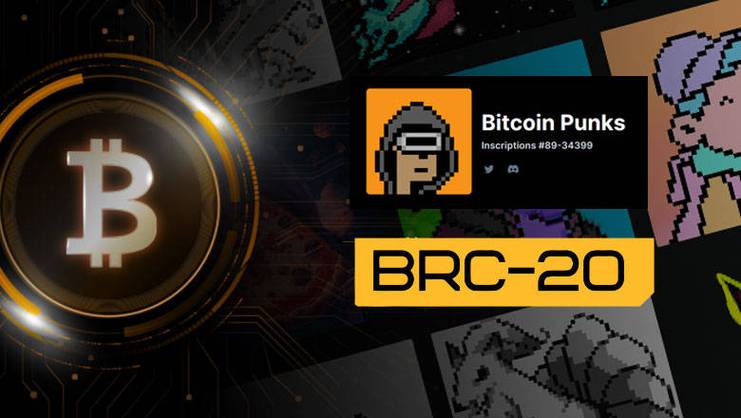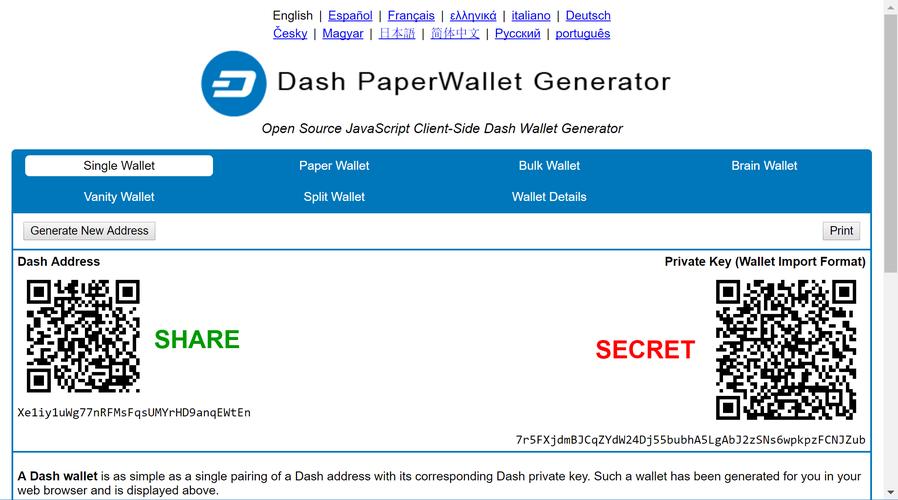
Do You Need an ETH Balance to Send an ERC20 Token?
When it comes to sending ERC20 tokens, one of the most common questions that arise is whether you need to have an ETH balance in your wallet. The answer to this question is not straightforward and depends on various factors. In this article, we will delve into the intricacies of sending ERC20 tokens and whether an ETH balance is necessary.
Understanding ERC20 Tokens
ERC20 tokens are a type of digital asset that operates on the Ethereum blockchain. They are built using the ERC20 standard, which defines a set of rules and functions that must be followed by any token that wants to be considered an ERC20 token. Some of the key features of ERC20 tokens include a fixed supply, divisibility, and a standard interface for interacting with smart contracts.

The Role of ETH in Sending ERC20 Tokens
ETH, or Ethereum, is the native cryptocurrency of the Ethereum network. It serves as the fuel for the network, enabling transactions and interactions with smart contracts. When you send an ERC20 token, you are essentially interacting with a smart contract on the Ethereum blockchain.
Here’s how the process works:
-
When you initiate a transaction to send an ERC20 token, your wallet must have enough ETH to cover the transaction fee.
-
This transaction fee is paid to the miners who validate and process the transaction on the Ethereum network.

-
Once the transaction is confirmed, the ERC20 token is transferred from your wallet to the recipient’s wallet.
So, in summary, you do need to have an ETH balance in your wallet to send an ERC20 token. However, the amount of ETH required is typically very small, as transaction fees are usually a fraction of a cent.
Factors Affecting Transaction Fees
The transaction fee you need to pay to send an ERC20 token can vary based on several factors:
-
Network congestion: During times of high network congestion, transaction fees tend to be higher. This is because miners prioritize transactions with higher fees.
-
Transaction priority: You can choose to prioritize your transaction by paying a higher fee. This ensures that your transaction is processed faster than others with lower fees.
-
Token transfer speed: Some ERC20 tokens have faster transfer speeds than others. This can affect the transaction fee you need to pay.
It’s important to keep these factors in mind when sending ERC20 tokens, as they can impact the overall cost and speed of your transaction.
Alternative Methods for Sending ERC20 Tokens
While having an ETH balance is necessary to send ERC20 tokens, there are alternative methods that can make the process more convenient:
-
Exchanges: Many cryptocurrency exchanges allow you to trade ETH for ERC20 tokens directly. This eliminates the need to manage an ETH balance and can be a more straightforward process for beginners.
-
Wallets with built-in token support: Some wallets, such as MetaMask, support ERC20 tokens directly. This means you can send and receive ERC20 tokens without needing to manage an ETH balance.
However, it’s important to note that these alternative methods may have their own limitations and fees, so it’s essential to research and choose the option that best suits your needs.
Conclusion
In conclusion, while you do need to have an ETH balance in your wallet to send an ERC20 token, the amount required is typically very small. Understanding the factors that affect transaction fees and exploring alternative methods can help make the process more convenient and cost-effective. As the world of cryptocurrency continues to evolve, it’s important to stay informed and adapt to new developments.



